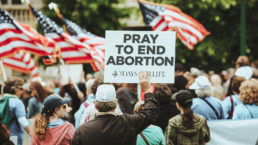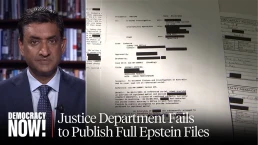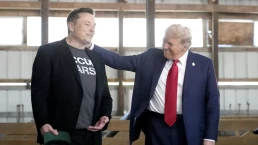Leaders of the movement understood very well that if you can capture the courts, you can change society.
By Katherine Stewart, The Guardian
The supreme court decision in Dobbs v Jackson Women’s Health Organization, which reverses the constitutional abortion rights that American women have enjoyed over the past 50 years, has come as a surprise to many voters. A majority, after all, support reproductive rights and regard their abolition as regressive and barbaric.

Understood in the context of the movement that created the supreme court in its current incarnation, however, there is nothing surprising about it. In fact, it marks the beginning rather than the endpoint of the agenda this movement has in mind.
At the core of the Dobbs decision lies the conviction that the power of government can and should be used to impose a certain moral and religious vision – a supposedly biblical and regressive understanding of the Christian religion – on the population at large.
How did this conviction come to have such influence in the courts, given America’s longstanding principle of church-state separation? To understand why this is happening now, it’s important to know something about the Christian nationalist movement’s history, how its leaders chose the issue of abortion as a means of creating single-issue voters, and how they united conservatives across denominational barriers by, in effect, inventing a new form of intensely political religion.
Recent Posts
The “President Of Peace” Prepares For War
December 23, 2025
Take Action Now The Donroe Doctrine Hits HomeBy William D. Hartung, Tom Dispatch Earlier this month, the Trump administration released its new…
“Who Are They Protecting?”: Rep. Ro Khanna Urges Contempt Charges Over AG Bondi’s Epstein Redactions
December 22, 2025
Take Action Now “The House can act unilaterally on contempt, and this will be introduced by Thomas Massie. What the resolution will say is that…
Dems Demand Answers as Trump Photo Disappears From DOJ Online Epstein Files
December 21, 2025
Take Action Now “What else is being covered up?”By Brett Wilkins, Common Dreams Congressional Democrats on Saturday pressed US Attorney General…
Elon Musk Is Vowing Utopia Driven by AI and Robotics. Bernie Sanders Has a Few Questions
December 20, 2025
Take Action Now “I look forward to hearing about how you and your other oligarch friends are going to provide working people with a magnificent life…




